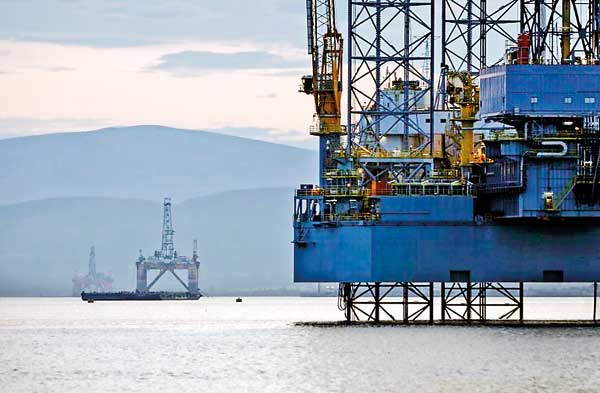18 Jan 2016 - {{hitsCtrl.values.hits}}

.jpg) In the first two weeks of the year, unlike in the past few years, we saw foreign-exchange volatility jump to the most in a month as Chinese stock markets plunged and tensions escalated in the Middle East. According to Morgan Stanley, swings like this will persist after averaging the most in four years in 2015. While Deutsche Bank AG sees a “minor retreat” in volatility, it says more turmoil may come from China and the rising U.S. interest rates. Therefore, 2016 is certainly turning out to be a very difficult year for all foreign exchange managers and for central banks of emerging markets.
In the first two weeks of the year, unlike in the past few years, we saw foreign-exchange volatility jump to the most in a month as Chinese stock markets plunged and tensions escalated in the Middle East. According to Morgan Stanley, swings like this will persist after averaging the most in four years in 2015. While Deutsche Bank AG sees a “minor retreat” in volatility, it says more turmoil may come from China and the rising U.S. interest rates. Therefore, 2016 is certainly turning out to be a very difficult year for all foreign exchange managers and for central banks of emerging markets.
26 Nov 2024 56 minute ago
26 Nov 2024 2 hours ago
26 Nov 2024 3 hours ago
26 Nov 2024 3 hours ago
26 Nov 2024 3 hours ago